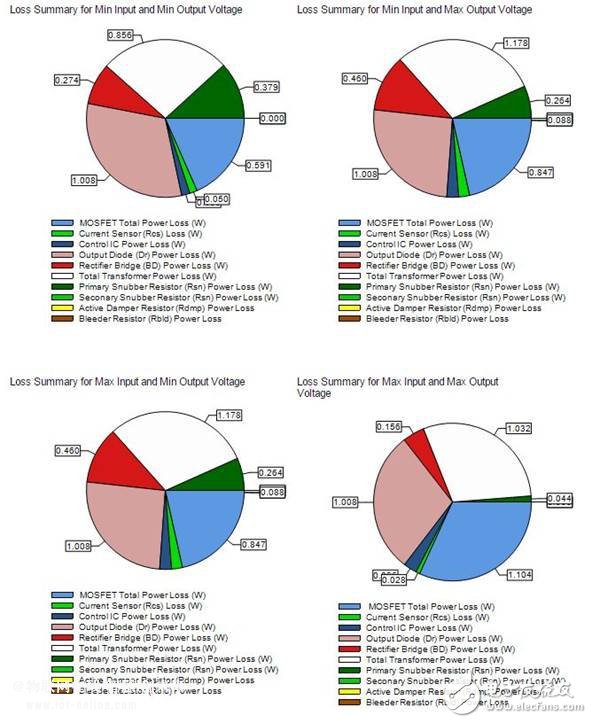As the government's mandatory ban on incandescent lamps has been strictly enforced, the LED lighting market continues to grow, but there are still many challenges in finding effective ways to design power systems to achieve LED miniaturization. Design complexity, such as two-way thyristor dimming control, addressing power line regulations around the world, reducing costs, increasing efficiency, and supporting a wider range of output powers. Fairchild recently released the FL7733A and FL7734 Primary Side Regulation (PSR) LED Driver Products and 800 V SuperFET? II MOSFETs have successfully met these needs.
LED lighting design engineers still face a small challenge – putting all the components together to form an effective power electronics system, as shown in Figure 1. With these engineers in mind, Fairchild has enhanced Power Supply WebDesignerTM online design and simulation tools, including high-performance PSR flyback/Buck-Boost LED drivers for both non-dimming and tangent dimming applications.

Figure 1: 10 W – 100 W LED Power System with Buck-Boost Topology
Based on the specific design requirements of these engineers, the Power Supply WebDesigner tool can quickly and accurately evaluate design performance and improve design. These tools also allow users to perform detailed simulation analysis (Figure 2) and gain insights into how their design and hardware samples can work with greater confidence, all in minutes. If there is other collaboration, the user can save their design for future reference or easily share their design with other engineers for review.

Figure 2: Power System Simulation
The Power Supply WebDesigner tool provides novice designers with a quick, guided design experience while allowing experienced designers to further customize key design factors. This tool provides all recommended power system components including Fairchild's 800 V SuperFET II MOSFET, LED driver IC and rectifier bridge and schematic. Designers can predict critical system power factor and THD results by allowing tools to directly recommend or fine tune inductor and EMI filter designs. By being able to visualize the main component power and system efficiency under different line and load conditions (Figure 3), experienced designers can optimize component selection to improve efficiency by design.

Figure 3: Detailed loss analysis for different line voltage and load conditions
The Power Supply WebDesigner design tool provides a complete set of time-saving LED driver design tools for designing and optimizing LED drivers. The range of experience offered by these online tools, from device to system analysis and simulation, is done in minutes. Whether you're rich in experience or not, these tools improve efficiency, efficiency, and reliability when designing even the most challenging triac dimming LED drivers.
Network Accessories, Network Products, Network Items, Network Equipment, Internet Accessories
Chinasky Electronics Co., Ltd. , https://www.chinacctvproducts.com
![<?echo $_SERVER['SERVER_NAME'];?>](/template/twentyseventeen/skin/images/header.jpg)